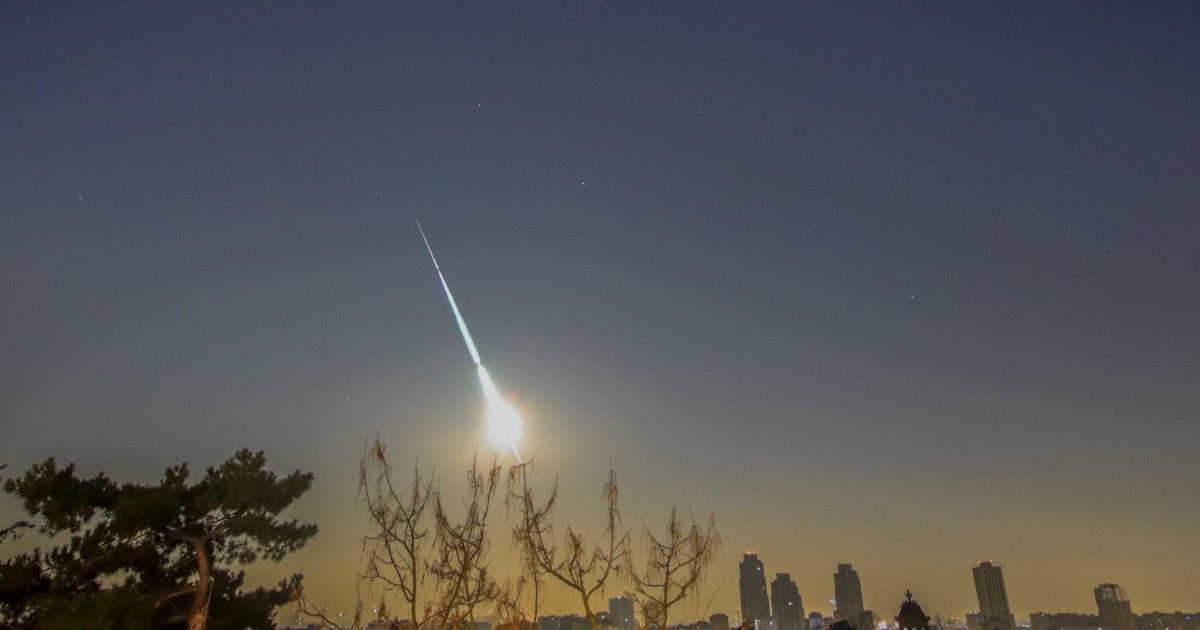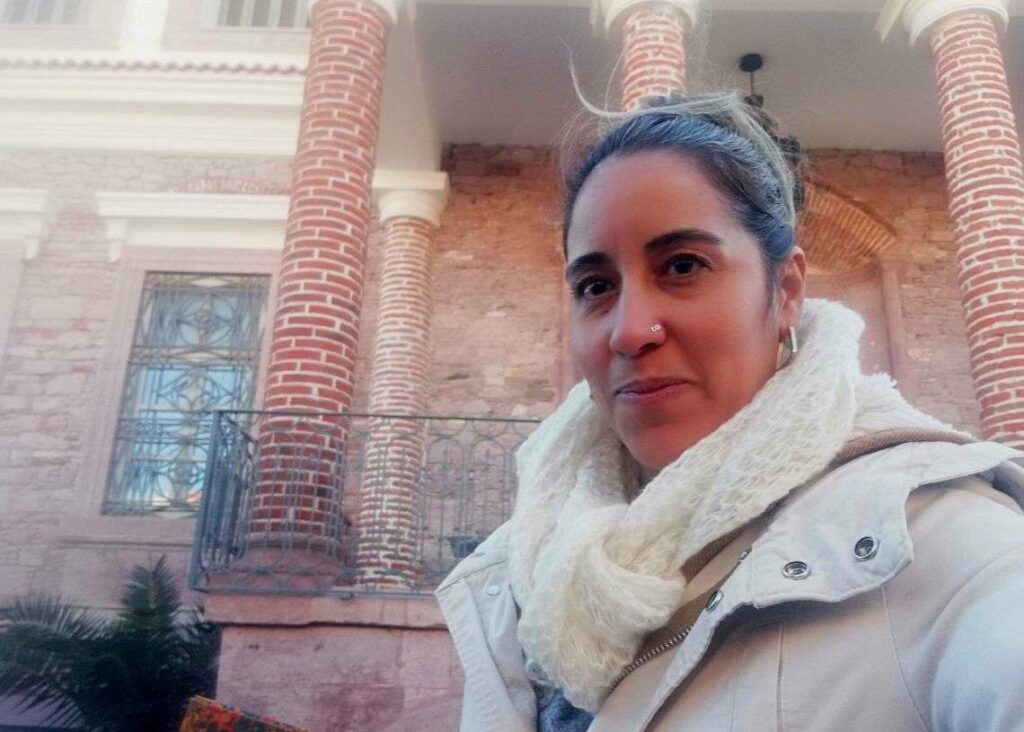At 2:59 UTC (3:59 Spanish time) on February 13, 2023, a huge fireball lit up the sky over the English Channel, between England and France. And although we are used to hearing or reading catastrophic and unfounded news about asteroids on a direct collision course with our planet, this has not been the case. Quite the opposite.
The intrinsic danger of these rocky or metal-rocky bodies basically depends on their size, and most of those that reach Earth on a human lifetime are small. The detection of 2023 CX1 can rather be interpreted as a success of the asteroid tracking programs, one of the greatest examples of international scientific collaboration, in which professional and amateur astronomers participate.
Detected six hours before “dying”
2023 CX1 was discovered by astronomer Krisztián Sárneczky from the Piszkesteto astronomical station, located in the Mátra mountains, about 80 kilometers northeast of Budapest (Hungary). It is already the second asteroid that this scientific infrastructure, belonging to the famous Konkoly Observatorydetected shortly before impacting Earth.
This location of the space rock took place on February 12 night, at 20:40 UTC, and was confirmed about an hour later by the Visjan Observatory, in Croatia. 2023 CX1 has become the seventh asteroid discovered before colliding with our planet.
So when we found this object, just over a meter in diameter, it had just six hours to live. Although that time may seem short to us, it is enormously valuable. By penetrating the atmosphere at hypervelocity (specifically at 17.4 km/s), the ablation of the rock in the atmosphere produced a column of ionized gas. This luminous phase, which exceeds the intermediate luminosity between the full Moon and the Sun, is called superbolide. Its luminosity was such that we could even capture it from the Montsec Astronomical Observatory almost 900 km away.
A “small” rock weighing 12 tons
It should be remembered that the rock that disintegrated on February 13 over France was a near-Earth asteroid unknown until the day before. Taking into account the average density of the most common meteorites that reach our planet, called ordinary chondrites, their mass before hitting the atmosphere would be around 12 tons. Its Apollo-type orbit led it to its direct collision with the Earth, as we can see in the following figure.
Discoveries of small asteroids like this one come at an especially important time for our scientific community. right after NASA’s DART mission that started active planetary defensewe verified that finding them before they impact our planet is already something common.
Spectacular impacts, but without risk
For this reason, it is essential that scientists adopt the commitment to bring our science closer to the public. We should not view such detections with fear, as asteroids of these sizes produce, at best, spectacular meteor falls. Objects with a diameter of less than a few tens of meters are not usually a source of risk: friction with our atmosphere fragments them and causes them to lose on average more than 97% of their mass.
But they also provide us with valuable lessons: recovering and studying meteorites from impacts provides us, free of charge, with valuable samples of the materials and their physical properties. Understanding them better will allow us to develop new methods to protect ourselves from visits by much larger asteroids.
At the limit of what would be a higher risk collision, we would have the asteroid that produced the Chelyabinsk meteor event, in Siberia, ten years ago. That event produced some 1,500 injuries due to the shock wave –capable of knocking down walls and destroying windows– and the radiation, which caused serious burns to the observers closest to the fireball. In fact, it marked a turning point for us to create the International Asteroid Dayrecognized by the United Nations.
So it is good news that we can detect these small asteroids in time and have a few hours to alert the population in case of an imminent impact. If we continue down that path and we developed the planetary defense program also using instrumentation from space, even larger asteroid detection efforts will do the trick. So we can alleviate future encounters with DART type kinetic impactors so that they do not pose any risk.
Unfortunately, the scientific community does not have the solution to protect the human species from its destructive action against itself and the planet that hosts it. Only cooperation, trust and solidarity between peoples, as most scientists tend to practice, can save us.
Josep M. Trigo RodríguezPrincipal Investigator of the Meteorites, Minor Bodies and Planetary Sciences Group, Institute of Space Sciences (ICE – CSIC)
This article was originally published on The Conversation. read the original.















